.svg)

For real estate agents, first impressions decide whether a prospect picks up the phone or moves on. Yet many realtors still hand out paper cards that get lost or go ignored. Intelligent digital business card design makes contact sharing instant, trackable, and tied to property listings, turning casual encounters into genuine leads. This article shows how the best business card companies for realtors helps you attract more qualified leads, build stronger client relationships, and close more real estate deals using a professional, modern digital business card.
Mobilo's digital business card helps you do that with a shareable mobile profile, tap-or-scan contact sharing, quick lead capture, simple CRM integration, and customizable branding, so you spend less time chasing contacts and more time closing sales.
.jpg)

Digital business cards change the moment between introduction and follow-up from a guess into a measurable step in your sales process, by making sharing instant, interactive, and trackable. They let you hand over not just a name and number, but immediate access to listings, capture prospects on the spot, and feed those contacts straight into your CRM so nothing falls through the cracks.
Embed live links to a listing page, a video walkthrough, or a pinned Google Maps location, and you give buyers information while their interest is highest. I tell agents to treat the card as a tiny, portable listing kiosk in a prospect’s palm, one tap, and they see the floor plan, the neighborhood, or a 60-second intro clip. That immediacy converts curiosity into action far more reliably than promising to follow up later.
Replace messy sign-in sheets with a contact form that opens when someone scans or taps your card. I’ve watched a solo agent collect twice as many usable leads in one afternoon because visitors found it easier and faster to share details on their phone. From what I’ve seen across teams, people appreciate the frictionless experience; it feels modern and respectful of their time.
When your brokerage changes, a phone number moves, or a listing goes under contract, update the landing page, and everyone who has your card sees the new info instantly. That reliability protects your reputation, and it removes the low-level anxiety of wondering whether anyone’s working off a stale paper card.
Digital cards tell you who looked, what they clicked, and when they returned, so you stop guessing and start prioritizing. In conversations with peers, I’ve heard relief and surprise at how much calmer follow-up became once they could see engagement signals rather than staring into a drawer full of forgotten paper cards.
Manual data entry wastes time and introduces errors. With native integrations, contacts captured at an open house or networking event flow directly into Salesforce, HubSpot, or your chosen CRM, already tagged and ready for segmentation. Imagine leaving a weekend of showings with forty clean, actionable contacts queued for personalized follow-up.
A digital card carries your headshot, logo, socials, and even an intro video, giving every prospect a richer first impression while eliminating paper waste and reprints. People in my network often mention the pride they feel in swapping a sleek card for something that matches their high-end listing photography and modern brand voice.
Link your card to Google Analytics, and you can monitor which listing links drive the most clicks, which video holds attention, and which neighborhoods attract the most repeat views. That data lets you refine copy, swap out media, and double down on the property types that actually move buyers.
Include social profiles where you post market updates and share sold stories, turning a one-off handshake into an ongoing relationship. My colleagues often talk about the small wins that follow, when a client follows on social, watches a market update, and then replies weeks later about a new listing.
Putting live content, capture tools, and analytics into a single, shareable object turns introductions into tracked opportunities. Many agents report that the change feels less like adopting a gadget and more like gaining a reliable teammate that works in the background to keep conversations alive.
By 2025, RLTR Sync reports that 85% of realtors have switched to digital business cards, which shows this is now mainstream behavior rather than a niche experiment. That shift explains why clients now expect instant, mobile-friendly information at showings.
Realtors themselves confirm the payoff, with RLTR Sync finding a 50% increase in client engagement after adopting digital cards, evidence that these tools do more than look modern; they drive interactions you can act on.
Many teams find that platforms such as Mobilo make these benefits practical at scale, combining NFC/QR hardware, customizable landing pages, and native CRM sync so every in-person meeting becomes a tracked, automated lead, without forcing a change to existing workflows.
These nine platforms cover the full spectrum, from lead-first NFC hardware to minimalist QR solutions, so you can match tools to how you actually work in the field. I’ll walk each one through quickly, focusing on what makes it practical for real estate work and how it changes everyday tasks like follow-ups, showings, and team coordination.
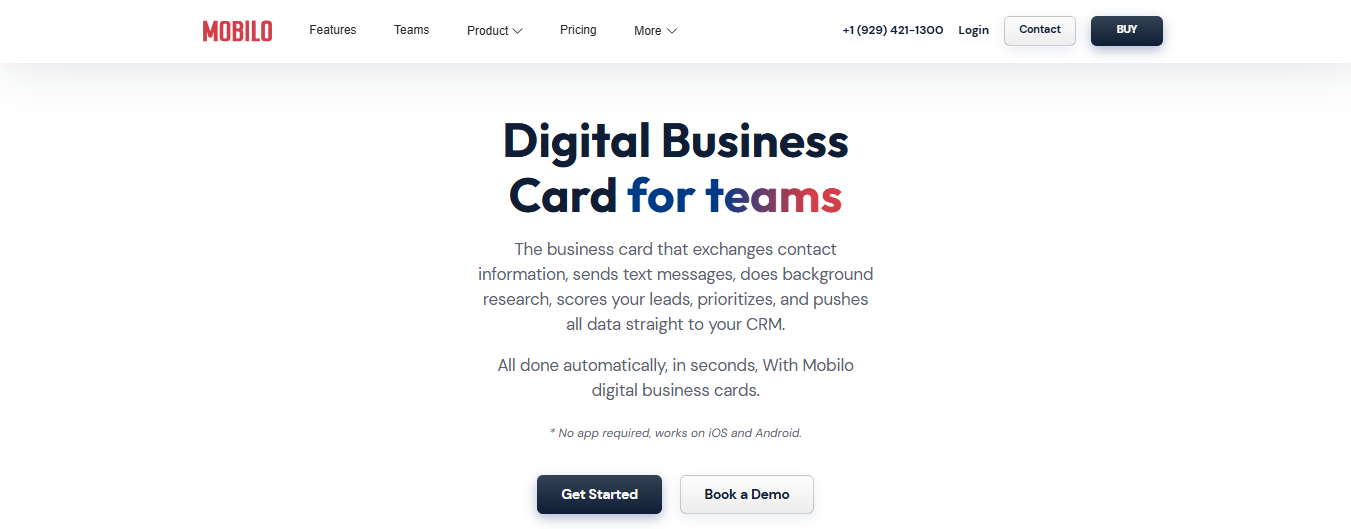
Mobilo packs hardware and software into a lead-first workflow, with NFC and QR cards that push contacts into systems without extra typing. I picked up the free tier to test and was struck by how it nudges follow-ups forward instead of leaving them to memory.
How realtors benefit:
Features:
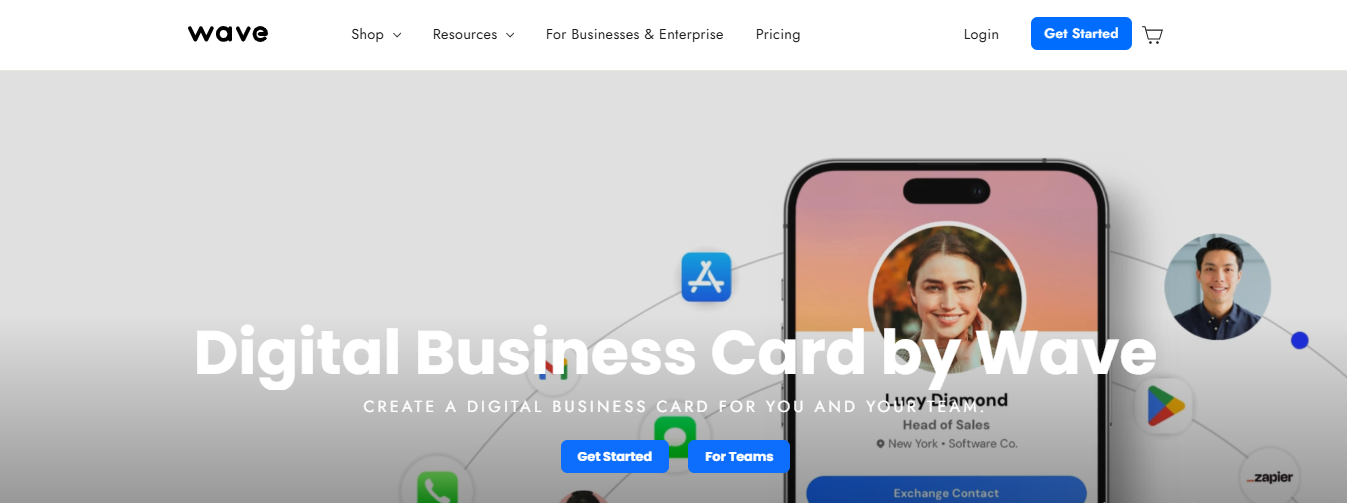
Wave Connect leans into simplicity and scheduling, making it easy to hand someone a card and have them book a showing right then and there. I like that it treats the card less like a novelty and more like an operational tool for appointments.
How realtors benefit:
Features:
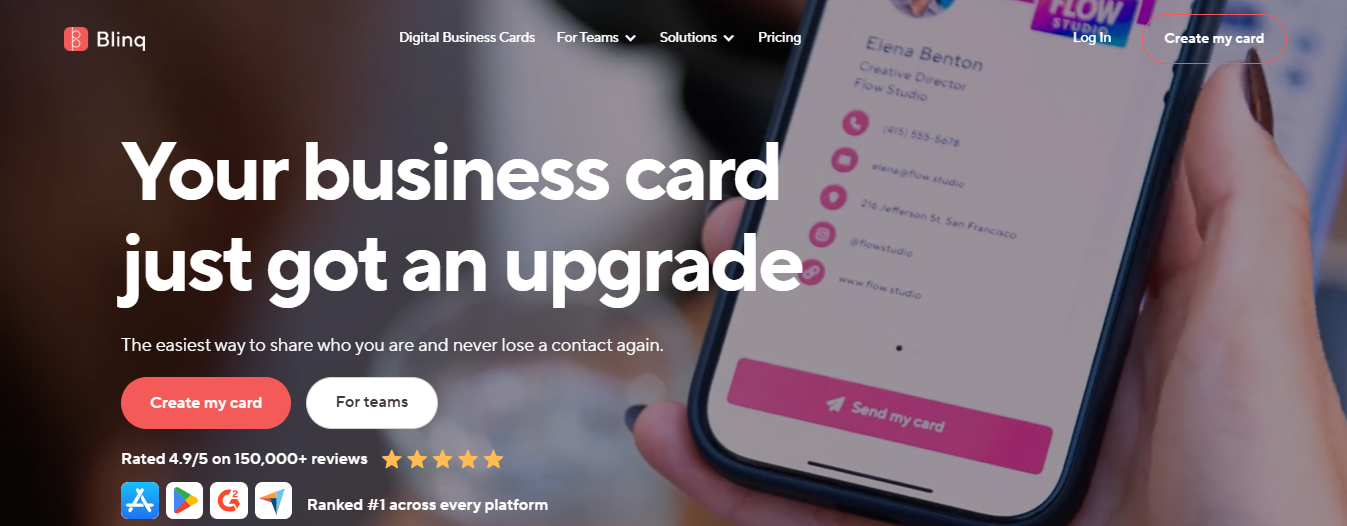
Blinq is a quick, flexible choice when personalization matters, letting you swap headshots, logos, and templates on the fly. For solo agents who rebrand often or test different pitches, that agility is a real advantage.
How realtors benefit:
Features:

HiHello gives agents a playground for branding, with badges, videos, and attachment support so that you can deliver marketing materials directly through the card. It’s a practical choice when you need to support regular open-house collateral without printing.
How realtors benefit:
Features:

Uniqode focuses on rich link pages with lead capture, making it easy to drop property links or virtual walkthroughs into a single landing experience. It works well when you want to present multiple listings in a tidy, clickable format.
How realtors benefit:
Features:
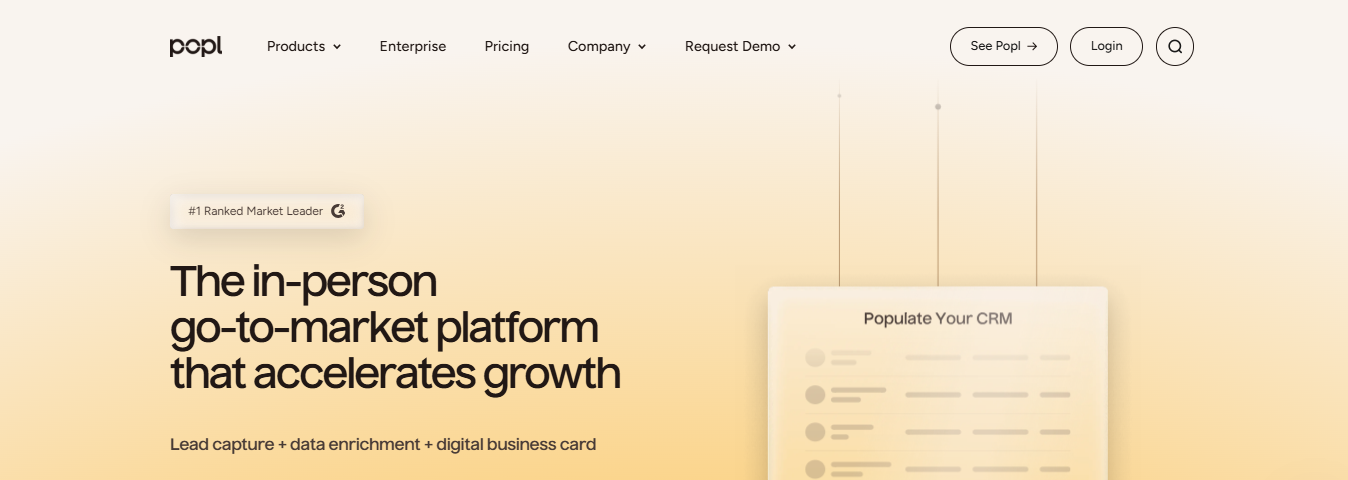
Popl is straightforward and friendly for teams that want quick contact exchange without multimedia frills. It focuses on reliable sharing and two-way contact flows, ideal for high-volume networking.
How realtors benefit:
Features:
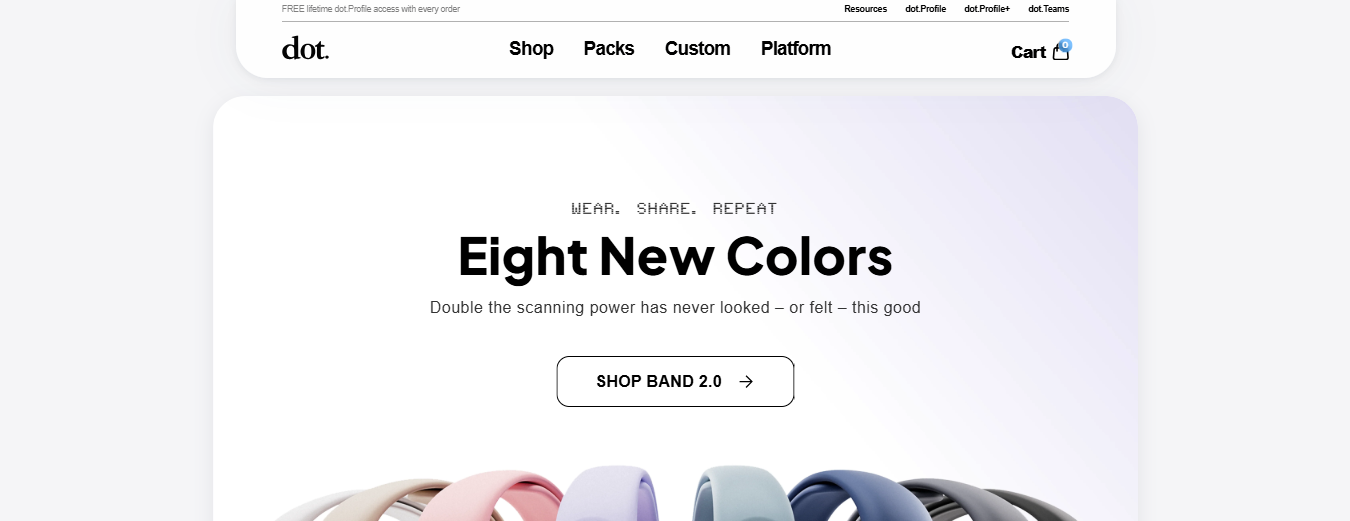
Dot keeps things minimal and low-cost, best when you want a clean contact exchange without built-in lead capture or multimedia. It performs well for agents who value speed and simplicity over tracking depth.
How realtors benefit:
Features:
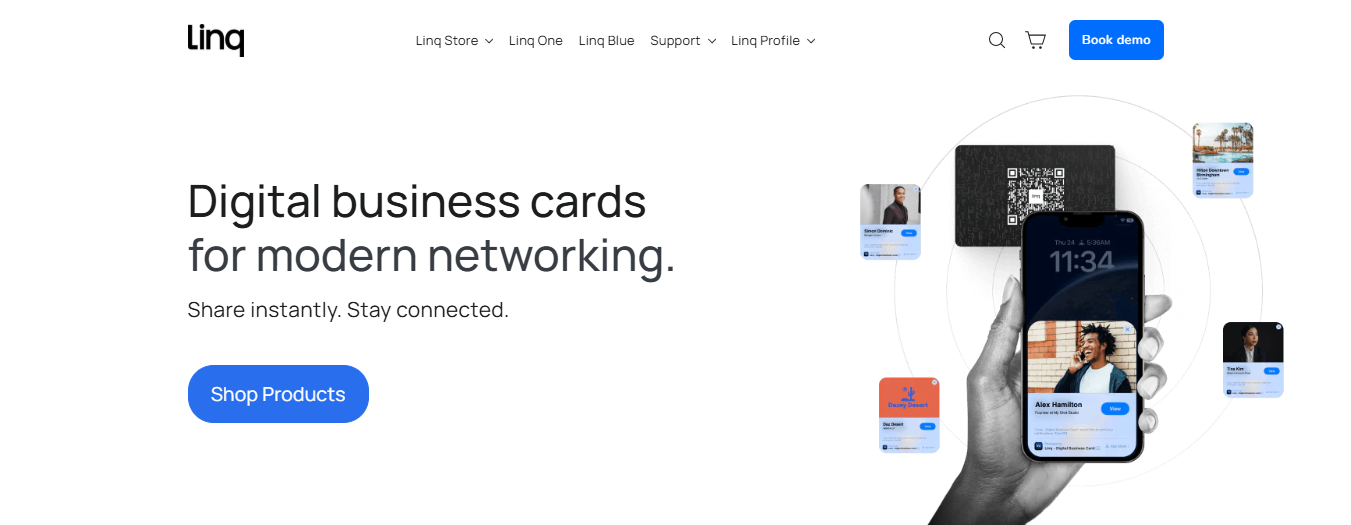
Linq offers a familiar QR-centric approach for contact sharing, with basic link support but limited capture and CRM options. Choose it when you want reliable sharing and you already have a workflow for lead ingestion.
How realtors benefit:
Features:

Designing and launching a realtor-ready digital business card is a short, practical process you can complete in one sitting, then refine over time. Follow five focused setup steps, prioritize mobile and accessibility, run simple cross-device tests, and choose sharing methods that match how you meet clients in person and online.
Pick two primary colors that match your brokerage and one accent for CTAs, then upload a high-resolution logo, PNG or SVG, sized to display crisply at small widths. Keep contrast high so text is readable on phones, and limit fonts to one serif and one sans for clarity.
Use a recent, well-lit headshot, cropped to a circle, at least 400 by 400 pixels, and 72 DPI for web. Avoid heavy filters; buyers judge authenticity quickly.
Add tel: and mailto: links so tapping calls or emails opens them immediately, and use short-link redirects for listing pages so you can swap targets later without changing the card URL.
Include a 30-45-second “meet the agent” or listing walkthrough, hosted on YouTube or Vimeo, with captions and a clear opening line that states the value. Use privacy-enhanced embeds to avoid loading unnecessary scripts.
Generate the shareable URL and a paired dynamic QR code, then save both to a Notes entry or your phone’s contact card for instant sharing. Duplicate the card in Spanish and adjust the copy and CTAs for local phrasing.
Match features to what you actually do in the field, not what sounds cool. If you run many open houses, prioritize instant booking links and offline-capable QR codes. If you work with luxury listings, invest in premium NFC hardware and high-resolution media support. For brokerages scaling agents, choose admin controls and bulk edit tools first, because they save time and protect brand consistency.
Put one primary CTA in the top third of the landing page, visible without scrolling. Use verbs that promise a next step, like Schedule a Tour or View Floorplan, and link each CTA to a specific action, not just a homepage. Test two variations in headline copy and CTA text over a week to see which gets more clicks.
Think of your video like an elevator pitch, not a film. Lead with the promise, neighborhood, a unique feature, or what you do differently, and end with the CTA shown on screen. Keep file sizes small for mobile devices, and include a still-frame thumbnail that looks professional in low-bandwidth conditions.
Treat the first share like a dress rehearsal. Check the card on iOS and Android with Wi-Fi and cellular data. Scan the QR from 10 inches and 3 feet, tap any NFC element with a case on your phone, and confirm that calendar invites use your local time zone. Verify that form send confirmations are sent and that UTM parameters persist when links redirect.
Add a short sentence near any lead-capture form explaining how you will use contact data and how long you will retain it. Use HTTPS for pages, avoid asking for unnecessary data, and offer an opt-out for SMS or marketing emails. These small touches reduce friction and protect you from complaints.
Ensure tap targets are at least 44 pixels square, text scales with device settings, and color contrast meets WCAG AA. Keep layouts to a single column on mobile, and avoid popups that block the CTA. If a client is in a hurry, a simple, fast path to book or call is the feature they will remember.
Use a dynamic QR for physical signage so you can change the destination later without reprinting. Add the card link to your email signature as a small line of HTML text accompanied by the CTA, and pin it to your LinkedIn contact section rather than burying it in posts. On Instagram, add the card URL to your bio and use a short caption pointing people there after each showing.
If you and your agents have ever walked into an open house only to discover the paper cards were left behind, you know how fast momentum slips away. Mobilo is ready to transform your team's networking and generate 10x more leads at every event. Join over 59,000 companies using intelligent digital business cards that automatically exchange contact information, enrich lead data, score prospects against your ICP, and sync directly to your CRM.
Book a demo today to get your first 25 cards free, worth $950. With 90% of business contacts never making it into CRMs, let's fix that gap and make every handshake count.